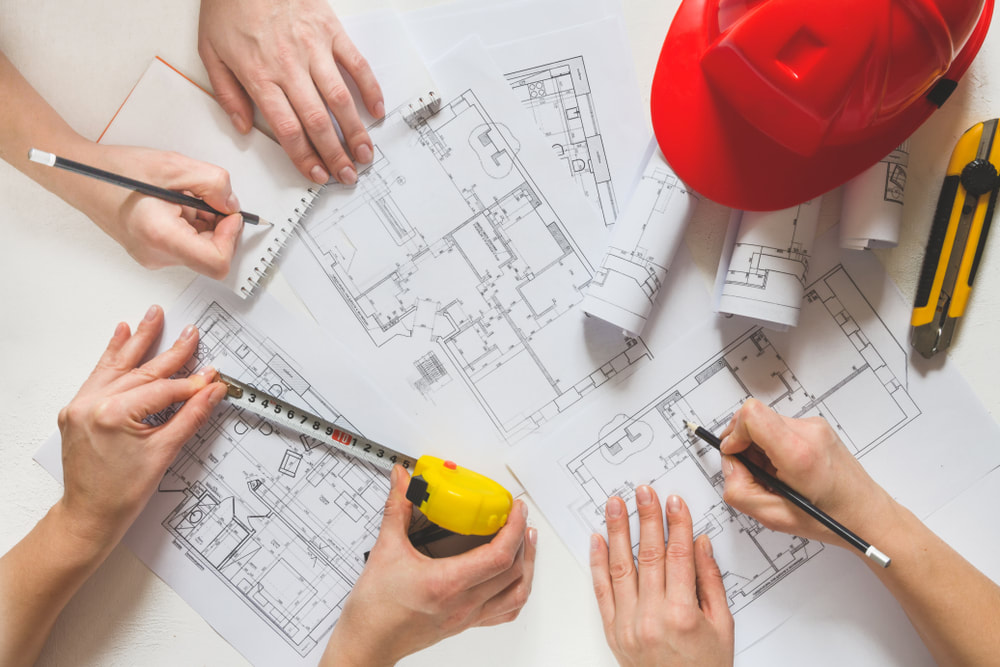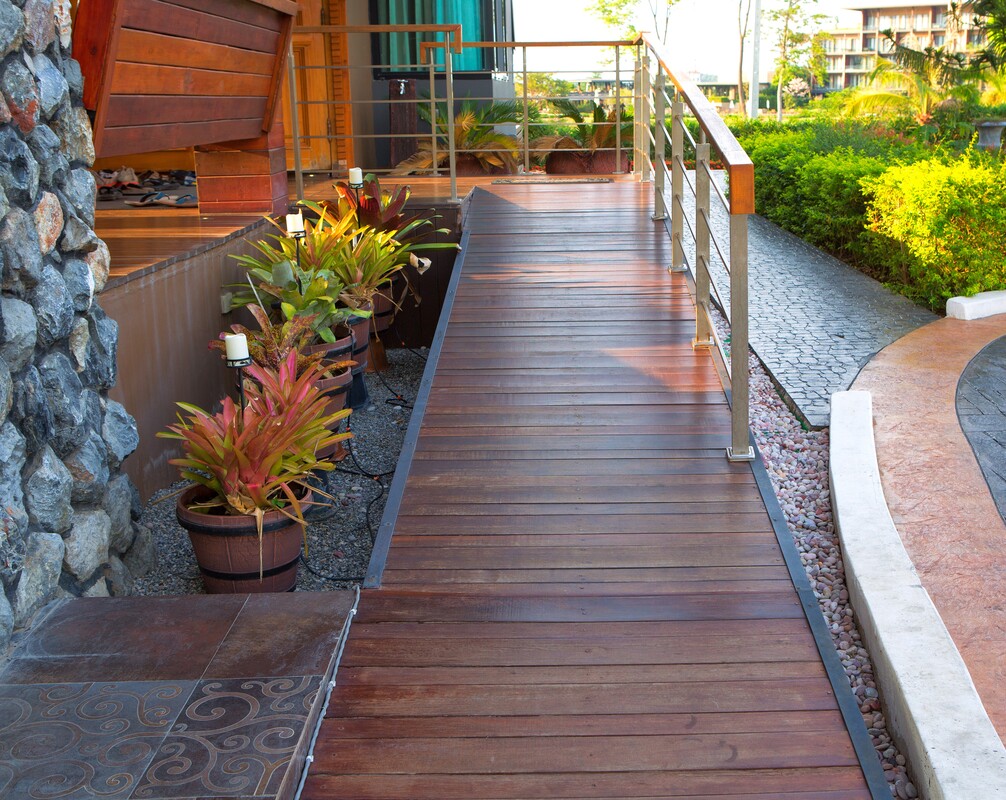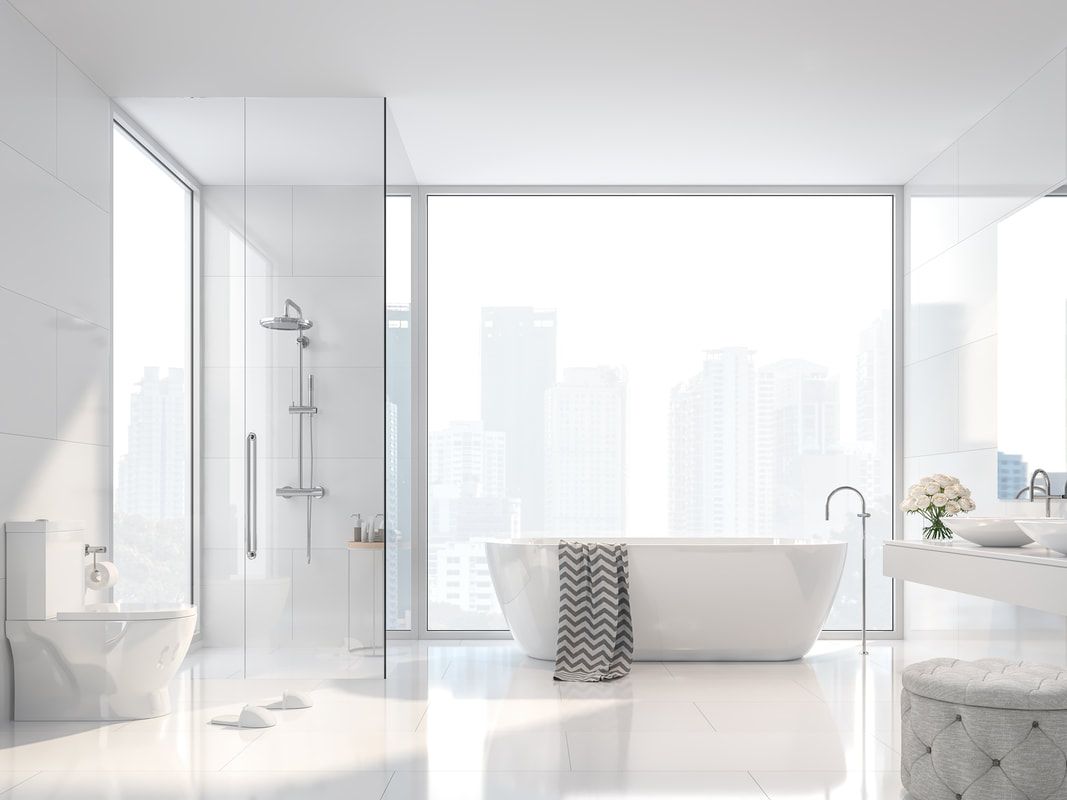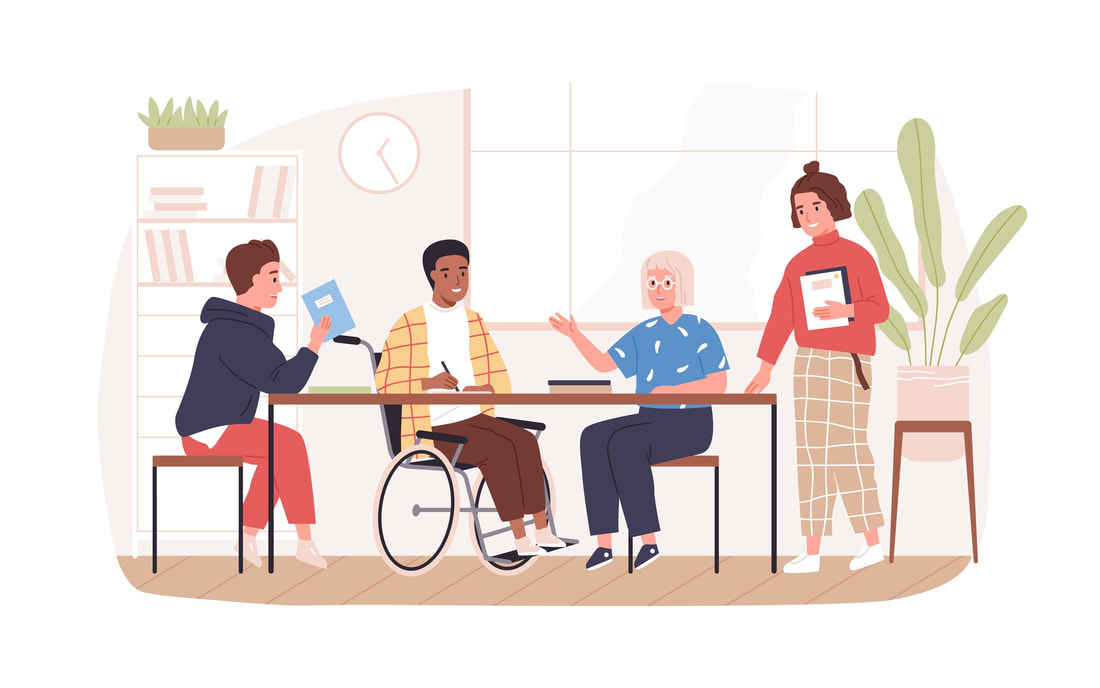 Accessibility should always be a designer’s core objective. This includes designing for the varying levels of ability when it comes to the eyesight, hearing, mobility, dexterity, and memory of a client/homeowner. There are many aspects to take into consideration such as; age, disability and level of care needed when designing a space. Aging in place The U.S. Centers for Disease Control and Prevention defines aging in place as: “the ability to live in one's own home and community safely, independently, and comfortably, regardless of age, income, or ability level.” For many older adults, aging in place enables lower monthly costs and reduced housing budgets. As the U.S. Department of Housing and Urban Development explains, about 20 percent of adults over 65 own their homes and thus do not have to account for mortgage payments in their monthly budgets. Whereas living in an independent or assisted living facility may cost $4000. To $5000 per month and can be more depending on the services needed. Studies have shown that most seniors want to stay in their homes as they age and with the help of an aging in place designer, they can make modification to their home that make it safer for them as they get older and their health, needs, and level of independence changes. The cost of making improvements and updating bathrooms, kitchens, entries to make them accessible to their changing needs have been shown to add increased value to the home when it comes time to sell. The best time to make these changes is before a homeowner has a fall or injury that sends them to the hospital, nursing home or rehabilitation center. That way they can stay in their home and have their dignity while their basic needs of bathing and toileting are met when they come home by family, HHA, or CNA caregivers. Handicapped accessibility |
"I WILL MAKE EVERYTHING AROUND ME BEAUTIFUL THAT WILL BE MY LIFE." Archives
March 2023
Categories |



 RSS Feed
RSS Feed